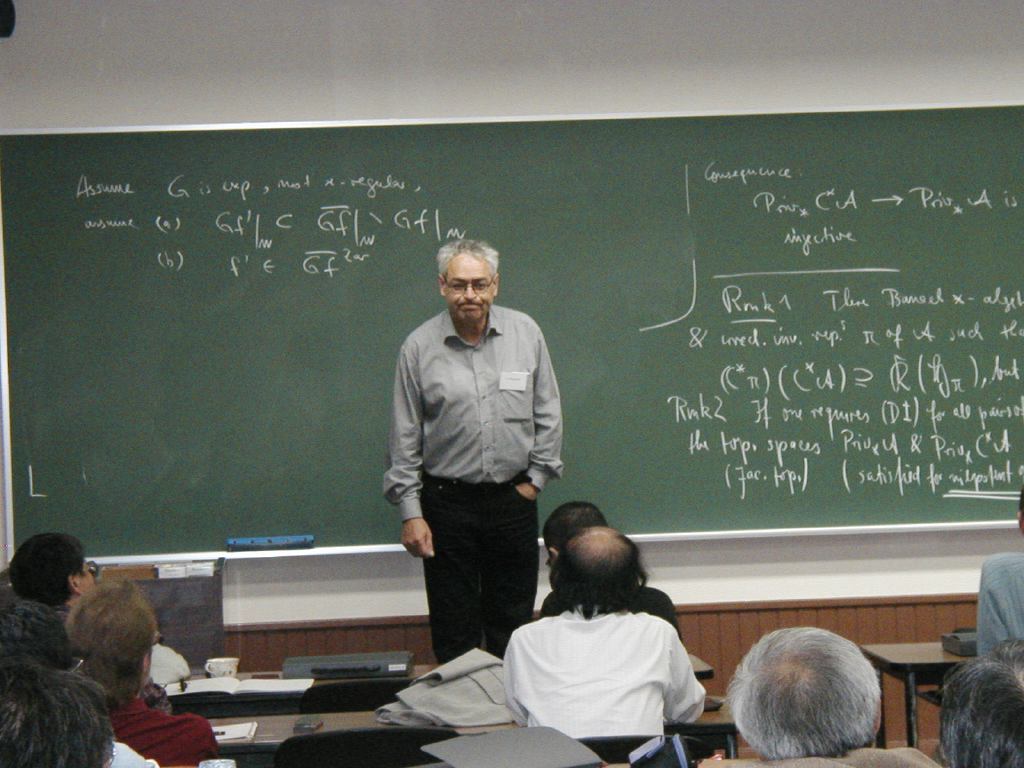
If you are willing to be only 50% sure that an interval contains the true value, then it can be much narrower. If you want to be 100.000% sure that an interval contains the true population, it has to contain every possible value so be very wide. If you want more confidence that an interval contains the true parameter, then the intervals will be wider. People are often surprised to learn that 99% confidence intervals are wider than 95% intervals, and 90% intervals are narrower. Confidence intervals can be computed for any desired degree of confidence. While confidence intervals are usually expressed with 95% confidence, this is just a tradition. What you can say is that if you perform this kind of experiment many times, the confidence intervals would not all be the same, you would expect 95% of them to contain the population mean, you would expect 5% of the confidence intervals to not include the population mean, and you would never know whether the interval from a particular experiment contained the population mean or not. It either is in the interval or it isn't.

It is not quite correct to ask about the probability that the population mean is within the interval. So it is OK to ask about the probability that the interval contains the population mean. If you repeated the experiment, your confidence interval would almost certainly be different. In contrast, the confidence interval you compute depends on the data you happened to collect. Therefore it isn't strictly correct to ask about the probability that the population mean lies within a certain range. If you repeated the experiment, that value wouldn't change (and you still wouldn't know what it is). You don't know what it is (unless you are doing simulations) but it has one value. But hes failing, and warriors like award winning investigative journalist Lara Logan blasts a hole in the narrative or wars, coups, bioweapons, and other manufactured crises, driving. This has been shown to occur when the beginning of a downstream ORF lies within. This entire world is living in is an empire of lies, and for the truth tellers in society, the Devil tries to gaslight the hope and perseverance out of us daily. It is not quite correct to say that there is a 95% chance that the population mean lies within the interval. This rotation moves the tRNAs in the A and P sites to the P and E sites.

It is correct to say that there is a 95% chance that the confidence interval you calculated contains the true population mean. Don't view a confidence interval and misinterpret it as the range that contains 95% of the values.


 0 kommentar(er)
0 kommentar(er)
